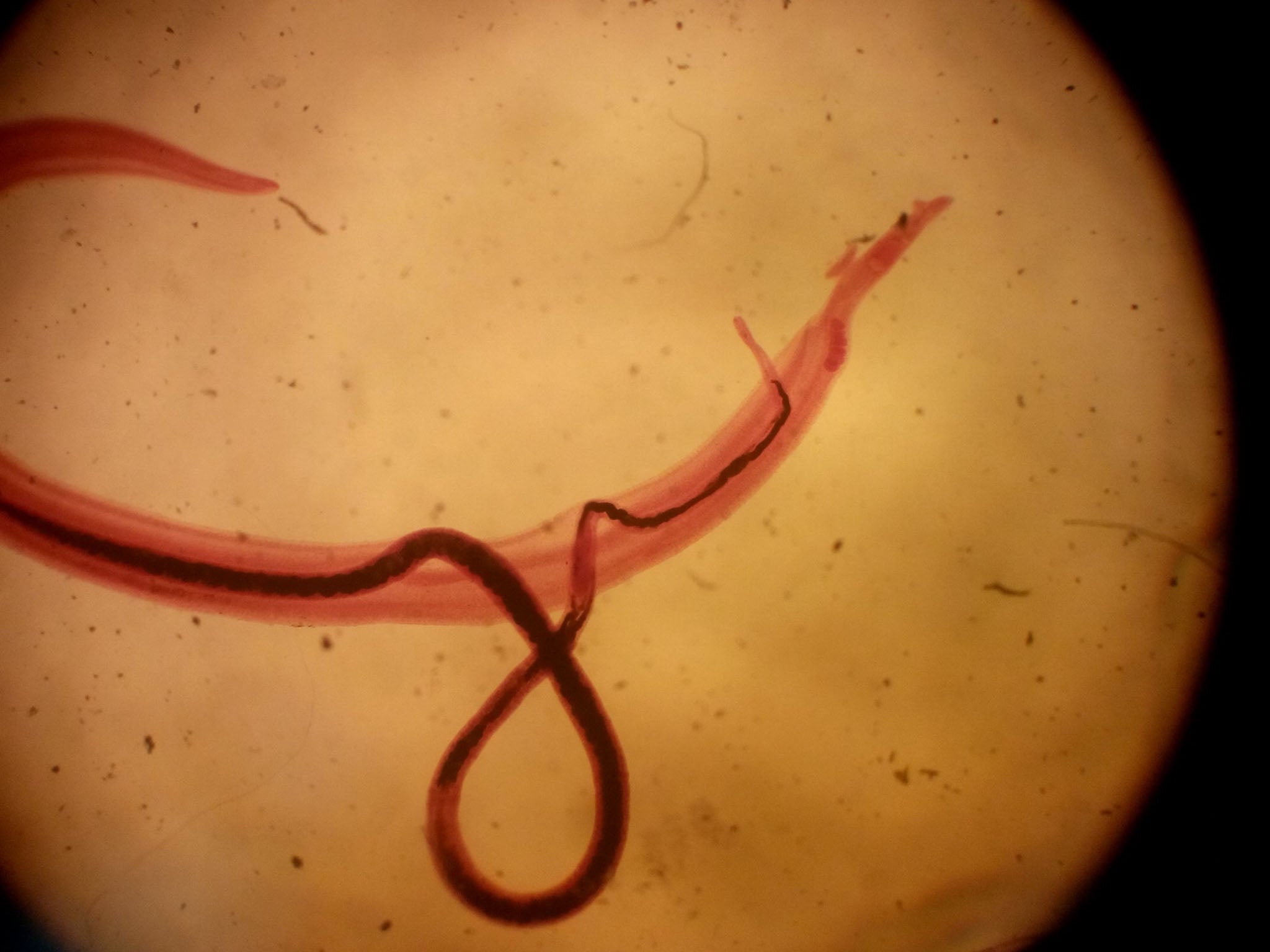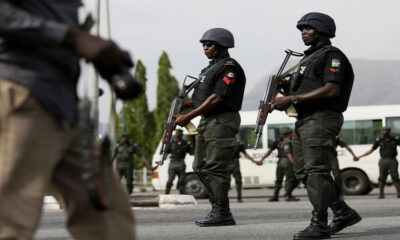Parasites are organisms that live on or inside another living organism, known as the host. They rely on this host for food and shelter. While some parasites may cause only mild discomfort, others can lead to serious and potentially life-threatening diseases. In this article, we will explore 10 deadly parasitic diseases that affect humans.
1. Malaria
Malaria is a mosquito-borne disease caused by a parasite called Plasmodium. It is one of the most severe parasitic diseases, responsible for hundreds of thousands of deaths each year, primarily in tropical and subtropical regions. When an infected mosquito bites a person, it transmits the parasites into the bloodstream.
Symptoms of malaria include fever, chills, headache, nausea, and fatigue. If left untreated, malaria can lead to severe complications, such as organ failure, coma, and death. Pregnant women and children are particularly vulnerable to the effects of malaria.
2. Leishmaniasis
Leishmaniasis is a disease caused by the parasite Leishmania, which is transmitted through the bite of infected sandflies. There are three main forms of leishmaniasis: cutaneous (affecting the skin), mucosal (affecting the nose and mouth), and visceral (affecting internal organs like the liver and spleen).
The most severe form, visceral leishmaniasis, also known as kala-azar, can be fatal if left untreated. Symptoms may include fever, weight loss, enlarged spleen and liver, and anemia. Leishmaniasis is prevalent in parts of the tropics, subtropics, and southern Europe.
3. Chagas Disease
Chagas disease, also known as American trypanosomiasis, is caused by the parasite Trypanosoma cruzi. It is primarily transmitted by triatomine bugs, known as “kissing bugs,” which can carry the parasites in their feces. Transmission can also occur through blood transfusions, organ transplants, or from mother to child during pregnancy.
In the initial acute phase, symptoms may include fever, fatigue, body aches, and an enlarged lymph node. If left untreated, the disease can progress to a chronic phase, which can cause heart disease and intestinal complications, potentially leading to death.

4. African Trypanosomiasis (Sleeping Sickness)
African trypanosomiasis, also known as sleeping sickness, is caused by parasites of the Trypanosoma species. It is transmitted through the bite of infected tsetse flies, which are found in rural parts of sub-Saharan Africa.
The disease has two forms: Gambian trypanosomiasis and Rhodesian trypanosomiasis. Symptoms can include fever, headaches, joint pain, and sleep disturbances. If left untreated, sleeping sickness can lead to mental deterioration, coma, and ultimately, death.
5. Toxoplasmosis
Toxoplasmosis is caused by the parasite Toxoplasma gondii, which can be found in undercooked meat, contaminated water, or cat feces. While many people infected with toxoplasmosis show no symptoms, it can be especially dangerous for pregnant women and individuals with weakened immune systems.
In pregnant women, toxoplasmosis can cause miscarriage, stillbirth, or congenital defects in the baby. In people with compromised immune systems, it can lead to brain inflammation, seizures, and life-threatening complications.
6. Cryptosporidiosis
Cryptosporidiosis is a parasitic disease caused by the Cryptosporidium parasite, which can be found in contaminated water or food. It is particularly dangerous for individuals with weakened immune systems, such as those with HIV/AIDS or undergoing chemotherapy.
Symptoms of cryptosporidiosis include watery diarrhea, stomach cramps, fever, and dehydration. In severe cases, it can lead to malnutrition, wasting, and potentially life-threatening complications, especially in young children and those with compromised immune systems.
7. Giardiasis
Giardiasis is caused by the Giardia parasite, which is commonly found in contaminated water sources. It is one of the most common parasitic infections worldwide, particularly in areas with poor sanitation and hygiene practices. READ FULL STORY HERE>>>CLICK HERE TO CONTINUE READING>>>
Symptoms of giardiasis include diarrhea, abdominal cramps, bloating, and weight loss. While most cases are self-limiting, chronic or severe cases can lead to malnutrition, dehydration, and other complications, especially in children and immunocompromised individuals.
8. Lymphatic Filariasis (Elephantiasis)
Lymphatic filariasis, also known as elephantiasis, is caused by parasitic worms that are transmitted through mosquito bites. The parasites can damage the lymphatic system, causing severe swelling and disfigurement, primarily in the arms, legs, and genitals.
While not immediately life-threatening, lymphatic filariasis can lead to permanent disability, social stigma, and increased risk of other infections. In some cases, the massive swelling can cause immobility and lead to life-threatening complications.
9. Cysticercosis
Cysticercosis is a parasitic disease caused by the larvae of the pork tapeworm, Taenia solium. It is contracted by ingesting food or water contaminated with the tapeworm eggs, which can then develop into cysts in various parts of the body, including the brain and muscles.
When cysts form in the brain, a condition known as neurocysticercosis can develop, leading to seizures, headaches, and other neurological problems. In severe cases, neurocysticercosis can cause life-threatening complications, such as increased intracranial pressure and cerebral inflammation.
10. Echinococcosis
Echinococcosis is a parasitic disease caused by tapeworms of the Echinococcus species. It is contracted by ingesting tapeworm eggs, which can then develop into cysts, primarily in the liver and lungs.
These cysts can grow and put pressure on surrounding organs, leading to complications such as organ failure or rupture of the cysts, which can result in life-threatening anaphylactic shock. Echinococcosis can be particularly dangerous if the cysts develop in vital organs like the brain or heart.
While these parasitic diseases can be deadly, many of them are preventable through proper hygiene, sanitation, and public health measures. Some key prevention strategies include:
1. Ensuring access to clean water and proper sanitation facilities.
2. Practicing good food hygiene, such as cooking meat thoroughly and washing fruits and vegetables.
3. Avoiding contact with contaminated soil or water sources.
4. Using insect repellents and bed nets in areas where vector-borne parasitic diseases are prevalent.
5. Deworm pet animals and livestock regularly to prevent transmission of parasites.
6. Seek medical attention promptly if symptoms of a parasitic infection appear.
In addition, ongoing research and development of new treatments, vaccines, and diagnostic tools are crucial in combating these deadly parasitic diseases.

It is important to note that while these diseases can be life-threatening, they are often treatable if diagnosed and managed properly. Early detection and prompt medical intervention can significantly improve outcomes and prevent severe complications.
While the burden of parasitic diseases is often higher in developing countries with limited resources and poor sanitation, globalization and increased travel have made these diseases a global concern. It is essential for individuals to be aware of the risks, take necessary precautions, and seek medical attention if they experience symptoms after traveling to endemic areas or engaging in activities that may increase their risk of exposure.
Overall, understanding the dangers posed by these deadly parasitic diseases is crucial for raising awareness, promoting prevention strategies, and supporting efforts to develop effective treatments and control measures. By addressing these challenges collectively, we can work towards reducing the global burden of parasitic diseases and safeguarding the health and well-being of populations worldwide.


 IN-THE-NEWS11 months ago
IN-THE-NEWS11 months ago
 METRO11 months ago
METRO11 months ago
 METRO7 months ago
METRO7 months ago
 SPORTS10 months ago
SPORTS10 months ago
 SPORTS11 months ago
SPORTS11 months ago
 SPORTS11 months ago
SPORTS11 months ago
 HEALTH & LIFESTYLE7 months ago
HEALTH & LIFESTYLE7 months ago
 SPORTS10 months ago
SPORTS10 months ago




